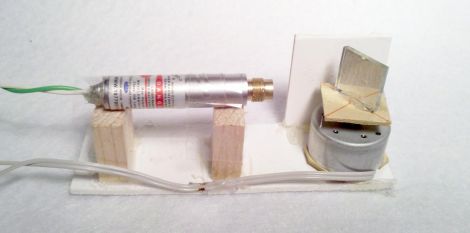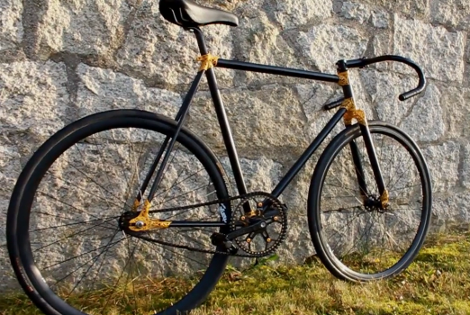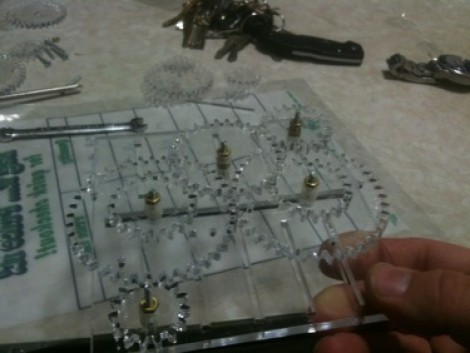
[Valentin] wanted to experiment with 3D scanning some objects he had around the house, but says he didn’t want to buy a line laser for the project since they are pretty expensive. Fortunately, he had some random components sitting in his parts bin, and he was able to build his own line laser without spending a ton of money.
His tutorial actually covers two different methods of building line lasers, both of which use parts that you likely have on hand already.
His first build involves gluing a small square mirror to a flat platform, which he then mounted on a salvaged DC motor. Once the motor starts spinning, the cheap laser pointer he has aimed at the mirror draws a perfect line across whatever medium he is scanning.
His second line laser uses parts donated from an old hard drive that he no longer used. He removed the drive’s read head from the chassis and mounted a small mirror on the actuator arm before firing up his laser. With the laser aimed at the mirror, he applied an unspecified AC current to the motor, which caused it to oscillate and draw a line similar to his first setup.
While they might not be professionally-built scanning lasers, [Valentin’s] efforts produced some decent images, as you can see on his site.
Continue reading to see a short video of his DC motor laser line in action.
Continue reading “Build Your Own Line Laser For 3D Scanning”
















